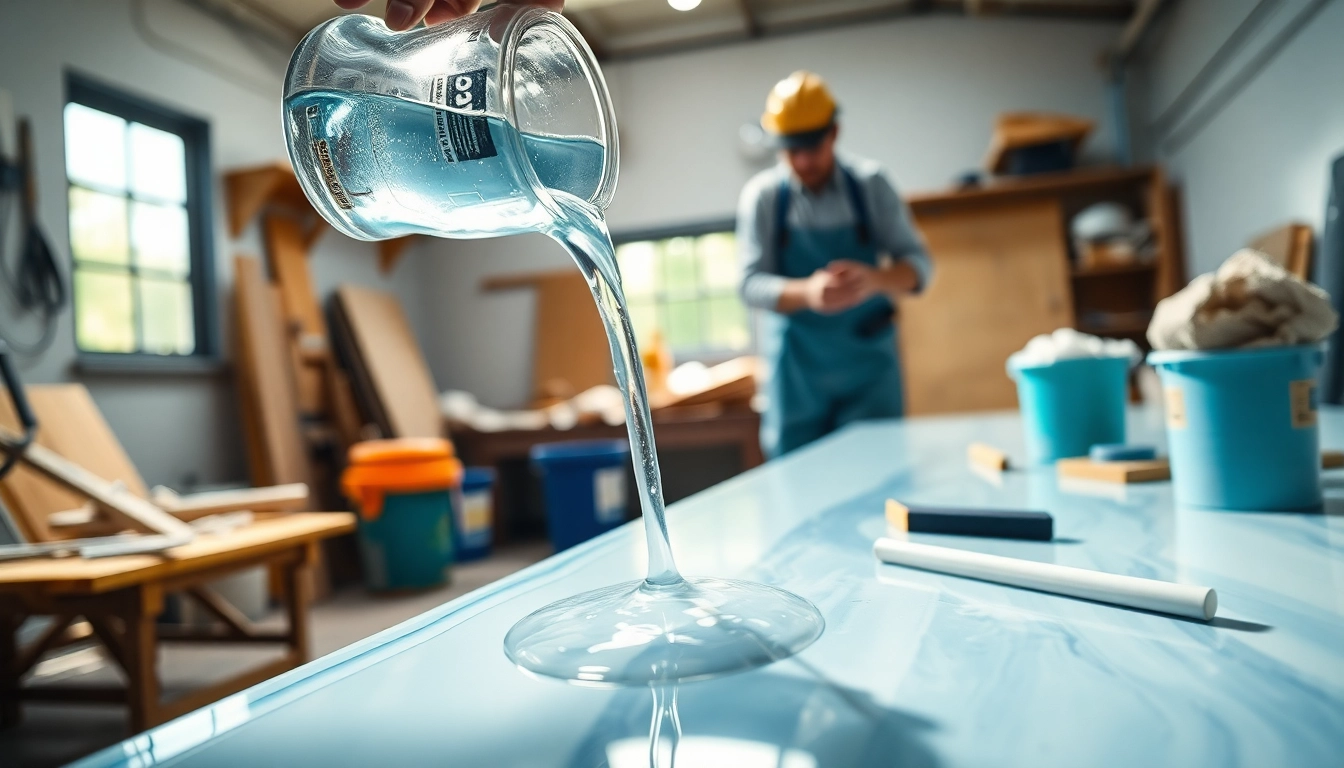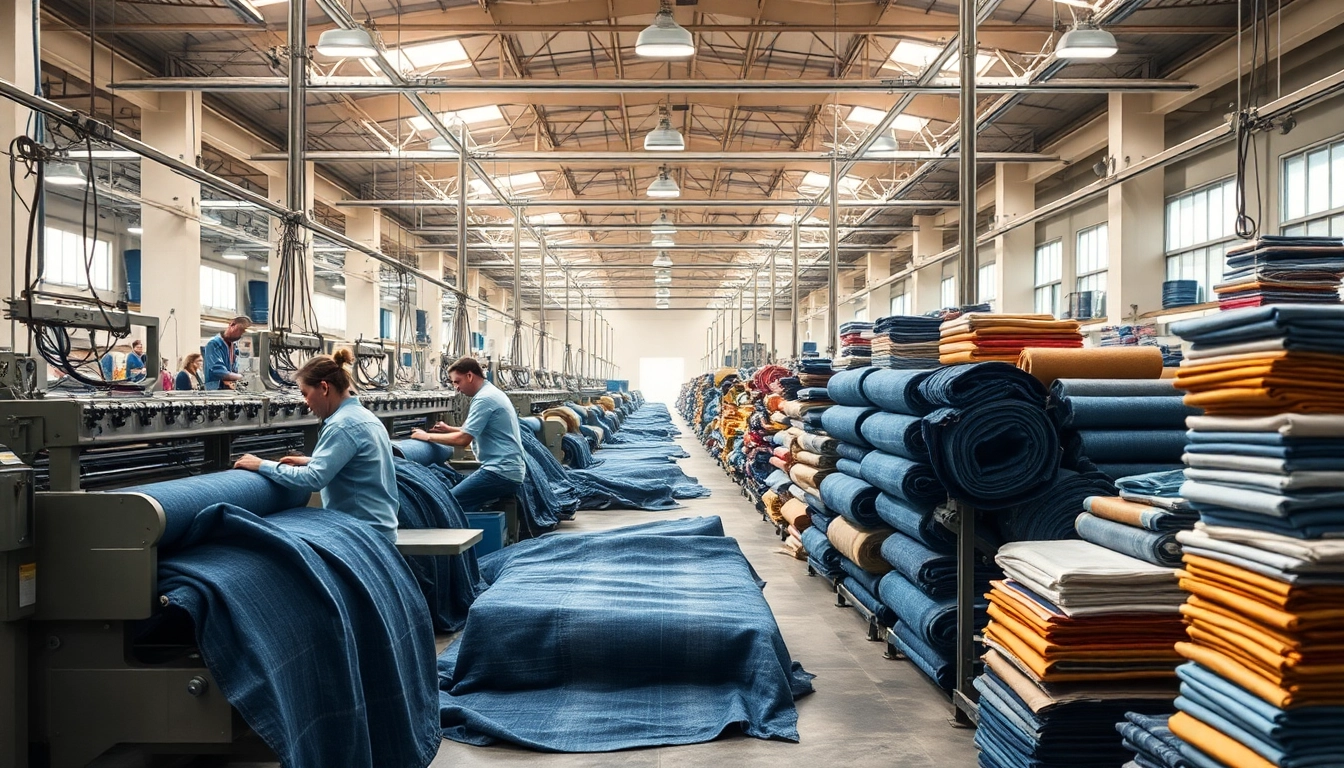Introduction to Laminating Resin
Laminating resin is a versatile material widely used in a variety of industries, including marine, automotive, and construction. It is particularly valued for its ability to bond and encapsulate materials, providing strength and durability to various applications. This article will explore the different types of laminating resin, their applications, and how to choose and apply them effectively. Understanding these fundamental aspects will enable users to optimize the use of laminating resin in their projects.
What is Laminating Resin?
Laminating resin refers to a type of synthetic resin that is primarily used to bond together different materials to create a strong, composite structure. It is typically a liquid that solidifies upon curing, which can occur through chemical reactions, exposure to ultraviolet light, or heat application. Laminating resins are crucial in the production of reinforced products, where they hold fibers such as fiberglass, carbon fiber, or aramid in place, enhancing the overall mechanical properties of the composite material.
Types of Laminating Resin
There are several types of laminating resins, each with unique characteristics tailored for specific applications. The two most common types include:
- Polyester Laminating Resin: This is a popular option for its cost-effectiveness and ease of use. Polyester resin cures quickly and is ideal for applications that require a moderate level of strength and flexibility. It is extensively utilized in the marine industry for creating hulls and other components.
- Epoxy Laminating Resin: Known for its superior adhesion, strength, and resistance to environmental factors, epoxy resin is often used in high-performance applications, such as aerospace and automotive components. Its flexibility in curing times and formulations makes it versatile, although it can be more expensive than polyester resin.
Applications of Laminating Resin
The applications of laminating resin are vast and varied, spanning numerous industries. Here are a few notable examples:
- Marine Applications: Laminating resins are critical in boat manufacturing, where they help to create robust hulls, decks, and other structural elements, enhancing durability and resistance to water damage.
- Automotive Industry: Used in the production of lightweight, high-strength components, such as body panels, that help improve fuel efficiency and performance.
- Construction and Building: Laminating resins are employed in the creation of composite panels and structural elements that require superior strength and insulation properties.
- Sports Equipment: Many athletic products, such as bicycles and surfboards, utilize laminating resin to increase performance and longevity.
Choosing the Right Laminating Resin
Choosing the right laminating resin involves assessing various factors that influence the performance and suitability for specific applications. Here are key considerations:
Factors to Consider
When selecting a laminating resin, consider the following:
- Material Compatibility: Ensure that the chosen resin is compatible with the materials being bonded. Different resins interact differently with fiberglass, metals, and other composites.
- Curing Conditions: Assess the curing conditions required for the resin. Some resins may require heat or UV light, while others cure at room temperature.
- Mechanical Properties: Evaluate the strength, flexibility, and environmental resistance required for the application. Epoxy resins generally provide better mechanical properties compared to polyester options.
- Application Method: Different resins have varying viscosities, affecting how they can be applied, whether by brush, roller, or spray.
Benefits of Various Laminating Resin Types
Different types of laminating resins offer distinct advantages:
- Polyester Laminating Resin: Cost-effective, easy to work with, and widely available, making it suitable for a wide range of general-purpose applications.
- Epoxy Laminating Resin: Provides superior adhesion and resistance to chemicals and moisture, making it ideal for high-performance and specialized applications.
Cost Considerations
Cost is an important factor when selecting a laminating resin. While polyester resins may be cheaper upfront, the long-term durability and performance of epoxy resins may justify the investment, especially in applications where strength and longevity are paramount. Consider not only the initial purchase price but also the overall project budget, including labor and maintenance costs.
Application Techniques for Laminating Resin
Understanding how to effectively apply laminating resin is critical to achieving optimal results. Follow these application techniques to ensure a successful outcome:
Surface Preparation
Proper surface preparation is essential for ensuring good adhesion of the laminating resin. This includes:
- Cleaning: Remove any dust, grease, or contaminants from the surface, as these can inhibit bonding.
- Sanding: For improved adhesion, sand the surface to create a rough texture. This increases the area for the resin to bond.
- Priming (if necessary): Some resins may require a primer to enhance adhesion, especially on non-porous surfaces.
Mixing and Curing Process
The mixing and curing process varies depending on the type of laminating resin used. Follow these general steps:
- Mixing: Carefully follow the manufacturer’s instructions regarding the mixing ratio and method. In general, use a clean container and stir thoroughly to ensure an even consistency.
- Application: Apply the mixed resin to the prepared surface using a brush, roller, or spray equipment, depending on the project requirements.
- Curing: Allow the resin to cure as specified—this may involve setting at room temperature or applying heat or UV light, depending on the type of resin.
Common Mistakes to Avoid
Avoiding common pitfalls can significantly improve the effectiveness of your laminating resin application:
- Not thoroughly cleaning or preparing surfaces before application.
- Incorrectly mixing the resin components, leading to improper curing.
- Applying too thick of a layer of resin, which can result in incomplete curing.
Safety Measures When Working with Laminating Resin
Safety should be a top priority when working with laminating resins, as they may contain hazardous chemicals. Follow these guidelines:
Personal Protective Equipment (PPE)
Protect yourself by wearing appropriate personal protective equipment:
- Gloves: Use chemical-resistant gloves to protect hands from resin exposure.
- Respiratory Protection: If working in a poorly ventilated area, consider wearing a respirator to avoid inhalation of fumes.
- Eye Protection: Safety goggles should always be worn to protect against splashes.
Handling and Storage Guidelines
Proper handling and storage of laminating resins are crucial for safety and longevity:
- Store resins in a cool, dry place, away from direct sunlight and heat sources.
- Ensure containers are properly sealed to prevent contamination and degradation.
- Follow disposal regulations for any leftover or cured resin materials.
Emergency Procedures
Be prepared to respond to emergencies promptly:
- Have an emergency eye wash station readily available in the workspace.
- Know the first aid procedures for resin exposure, including rinsing affected areas with plenty of water.
- Familiarize yourself with Material Safety Data Sheets (MSDS) for your specific laminating resin to understand hazards and responses.
Maintaining and Troubleshooting Laminated Surfaces
Effective maintenance and troubleshooting can extend the life of your laminated surfaces and ensure optimal performance:
Regular Maintenance Practices
Implementing regular maintenance can prevent issues before they arise:
- Inspect laminated surfaces regularly for signs of wear or damage.
- Keep surfaces clean by removing dirt and debris that may harbor moisture.
- Reapply protective coatings or maintenance resins as necessary to ensure durability.
Identifying and Fixing Defects
Being able to identify defects early can save time and money:
- Blistering or Bubbling: Often caused by moisture or trapped air; remedy by sanding down affected areas and reapplying resin.
- Delamination: This may indicate inadequate surface preparation; consider re-laminating with proper surface prep techniques.
- Cracking: This can be a sign of excessive stress or shrinkage; analyze the structure to accommodate additional flexibility.
When to Reapply Laminating Resin
Knowing when to reapply laminating resin is key to maintaining integrity:
- Reapply when surfaces show significant wear or degradation, such as dullness or visible cracks.
- After repairs or modifications, a new layer of resin may be necessary to ensure cohesive structural integrity.



